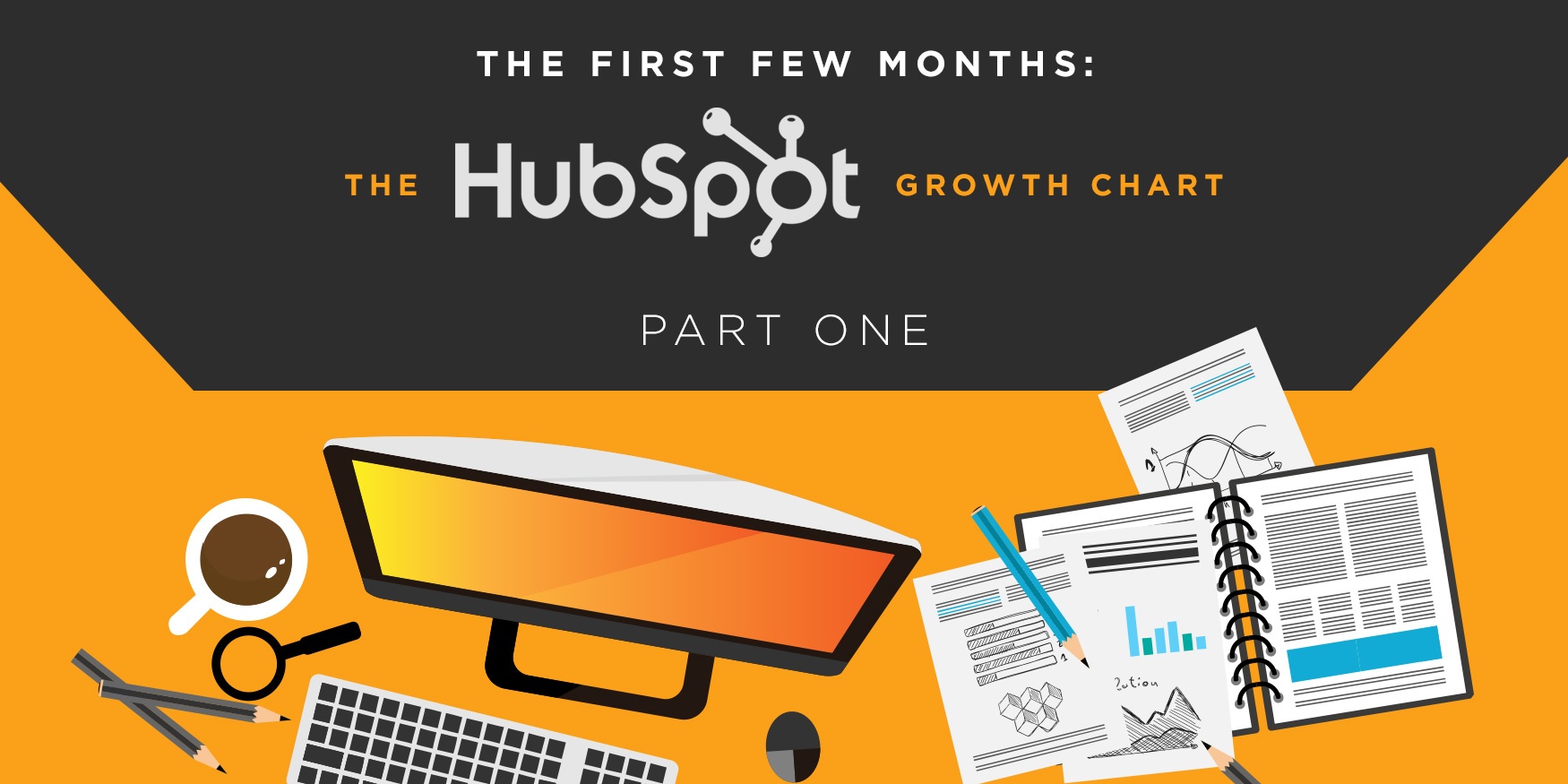 HubSpot users take note; the first few months using their powerful tools require a learning curve. You know the crawl before you can walk scenario. The following is meant to help you go from the crawling to walking stage as you master the art and science of your inbound marketing strategy. Let’s start with crawling:
HubSpot users take note; the first few months using their powerful tools require a learning curve. You know the crawl before you can walk scenario. The following is meant to help you go from the crawling to walking stage as you master the art and science of your inbound marketing strategy. Let’s start with crawling:
Crawling
Content is the key to your inbound marketing strategy and probably the most arduous of the tasks ahead of you. The good news is that you are writing about your baby, your business. You know this stuff; all you need is some help getting it from your brain to the page. HubSpot has tools that are designed for just that.
For example, there’s the HubSpot Blog Topic Generator. All you have to do is put in up to three terms and the Generator will give you a week’s worth of topics. As an example, I put in blogging, HubSpot and inbound marketing as my terms. The Generator came back with:
-
10 Things Your Competitors Can Teach You About Inbound Marketing
-
10 Quick Tips About HubSpot
-
Why We Love Blogging (And You Should, Too!)
-
Think You're Cut Out For Doing Inbound Marketing? Take This Quiz
-
15 Best Blogs To Follow About HubSpot
There are other methods out there for help on unlocking content ideas. In fact, HubSpot has a guide that can help when writer’s block creeps in. Use these techniques to help you develop articles, content offers, email campaigns and items for your social shares.
Once you have started developing a list of content ideas, it’s time to organize. Utilize the HubSpot calendar to manage your inbound marketing content across all your platforms. You can:
-
PLAN YOUR CONTENT
-
Visualize all of your content on one screen to organize and plan different marketing promotions. Decide which marketing channels to use and manage them right from your calendar.
-
ORGANIZE CAMPAIGNS
-
Use the calendar as your home base for your next campaign. Color code content by campaign and identify your marketing channels with individual icons.
-
ASSIGN TASKS
-
Coordinate with the rest of your team by assigning tasks to other contributors. Collaborate on your content and delegate tasks for offline marketing campaigns to others.
Now, it’s time to write. You know there is a lot that goes into making your blog attract your buyer personas and draw them in. The last thing you need to worry about is SEO and conversion and alike. That’s what the HubSpot blogging tools are for. With these blogging tools, you can focus on what you want to write and let the tools help you make sure it is formatted and optimized for results. Their built in SEO optimizer gives you as you type tips on how to optimize your content for search engines.
Because HubSpot takes a full funnel approach with your inbound marketing, their tools work in concert with each other so that you achieve maximum conversion rates. You can add a CTA button or web banners to drive your blog readers deeper into your website and develop them into leads.
As your readership grows, analytics built into the software allow you to keep track of the page views and comments of your blog subscribers and help you know who is most engaged. It also allows you to see how your blog views and subscribers perform over time, and analyze how your blogs perform. This will be very important information as you go from crawling to walking.
Let’s stop there and let you digest this information. Take some time to peruse HubSpot and become more familiar with the tools they offer. A lot of this may seem time consuming and difficult at first, but just like learning to walk, once those legs start moving you’re on your way.

